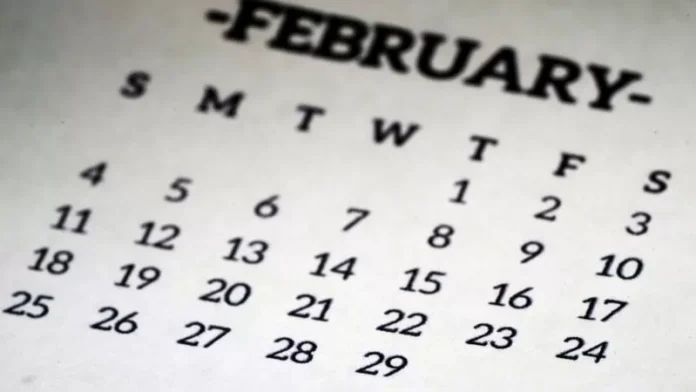New York is buzzing with excitement as we approach a leap year. For calendar and math enthusiasts, this is a special time that only comes around every four years. But have you ever wondered how this phenomenon began and why? Let’s take a look at the numbers, history, and legends behind this unique addition to our calendar.
First, let’s get into the numbers. The purpose of having a leap year is to keep our months in sync with annual events like equinoxes and solstices. This is necessary because Earth’s orbit around the sun is not exactly 365 days, but a little over 365 days and 6 hours. This means that without a leap year, our calendar would gradually drift out of alignment with the seasons.
Contrary to popular belief, a leap day is not added every four years. This would result in our calendar becoming longer by more than 44 minutes. To counter this, it was decided that years divisible by 100 would not follow the four-year leap day rule unless they are also divisible by 400. This is why there was no leap day in 1700, 1800, and 1900, but there was one in 2000. Looking ahead, there will be no leap day in 2100, 2200, 2300, and 2500.
So, why do we need a leap year in the first place? Without it, our major events would fall out of sync, farmers would have trouble planning their crops, and our seasons would no longer align with the sun and moon. Can you imagine having summer in November or Christmas without snow? This is why a leap year is crucial in maintaining the balance of our calendar.
But who came up with this idea of a leap year? Well, the concept evolved over time. Ancient civilizations used different calendars based on lunar or solar cycles. However, the Roman Empire faced major seasonal drift in their calendars and added extra months to compensate. It wasn’t until Julius Caesar introduced the Julian calendar in 46 BCE that a leap day was added every four years. This brought some stability, but it still wasn’t perfect.
It was Pope Gregory XIII who further fine-tuned the calendar in the late 16th century and introduced the Gregorian calendar. This is the calendar we use today and it has significantly reduced the drift to mere seconds. The Pope’s motivation for this change was to ensure that Easter, a significant religious holiday, remained in the spring.
But what about the tradition of women proposing to men on leap day? This peculiar custom has its roots in distant European folklore. Some believe that St. Bridget, an Irish saint, appealed to St. Patrick to give women the chance to propose. However, the tradition mostly reinforced gender roles and perpetuated stereotypes. It wasn’t until the 1900s that this tradition gained more attention, but it was often portrayed as a joke or a way for banks and businesses to make more money.
Being born in a leap year certainly has its perks, but it also comes with its challenges, especially when it comes to paperwork and official documents. Some governments and organizations have struggled with determining whether leaplings should celebrate their birthday on February 28th or March 1st. However, with modern technology, it has become easier for leap babies to keep track of their milestones.
Out of the 8 billion people on the planet, only around 5 million are born on leap day. This year marks a special celebration for leaplings like Shelley Dean, who is finally able to celebrate her birthday with her family after eight years. She looks back on the extra special birthday celebrations she had as a child and is excited to have a low-key “whew” in the non-leap years.
As we approach this leap year, let’s appreciate the precision and complexity of our calendar system. It may be confusing at times, but it keeps our lives in order and allows us to plan for the future. So, let’s raise a glass to this special phenomenon that only comes around once every four years. Make the most of this extra day, and enjoy the leap year!

